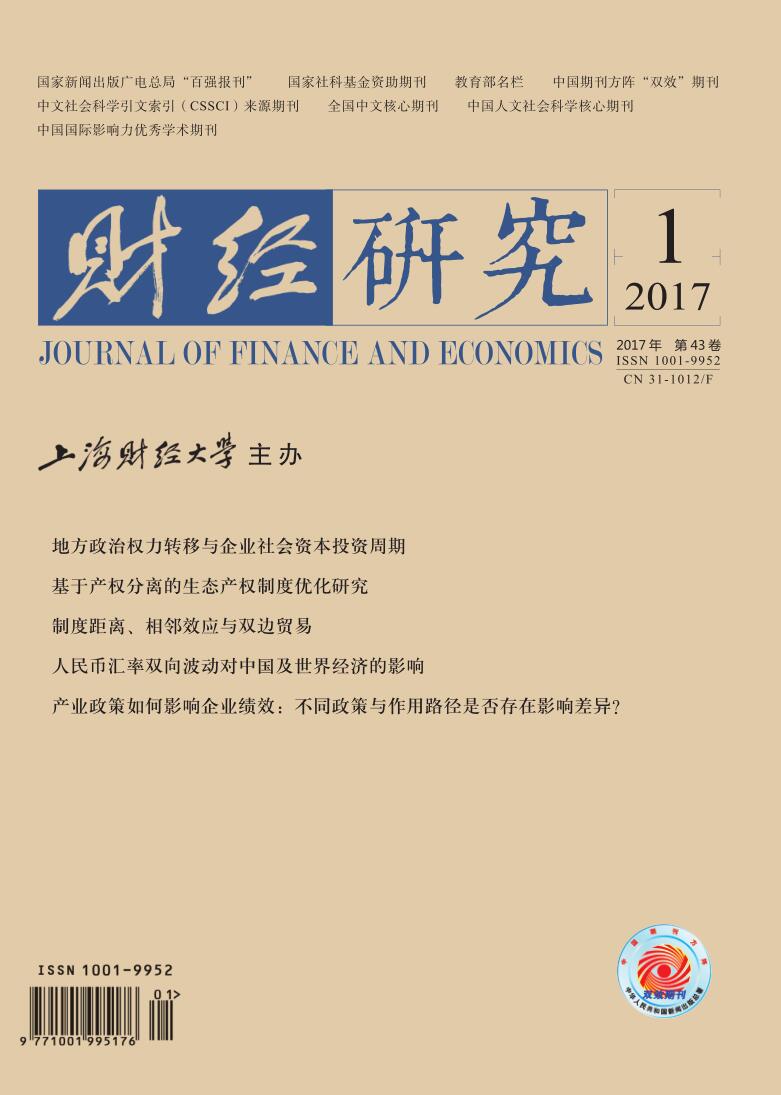This paper incorporates the zero lower bound constraint into a DSGE model and systematically explores the effects of exogenous adverse shocks on China's macro-economy at the zero lower bound. It arrives at the results as follows:firstly, when the nominal interest rate hits the zero lower bound, the instability and fragility of macro economy and financial system increase significantly, and the effects of exogenous adverse shocks on economic variables such as output, inflation and credit also enlarge obviously; secondly, at the zero lower bound, the traditional Taylor rule cannot maintain economic stability effectively, and the optimal monetary policy rules not only should pay attention to the output and inflation gaps, but also should place emphasis on assets prices and credit and react to them moderately; thirdly, monetary policy can well smooth the stability of output and inflation gaps; however, it fails to stabilize the fluctuations in housing prices and total credit. Only the cooperation of counter-cyclical regulatory macro prudential policy and monetary policy can ensure simultaneously stable economic and financial systems. In order to respond to adverse shocks, we should further enhance the macro-prudential regulatory framework and strengthen the coordination between the monetary policy and macroprudential policy to maintain the comprehensive stability of macro economy.
 / Journals / Journal of Finance and Economics
/ Journals / Journal of Finance and EconomicsJournal of Finance and Economics
LiuYuanchun, Editor-in-Chief
ZhengChunrong, Vice Executive Editor-in-Chief
YaoLan BaoXiaohua HuangJun, Vice Editor-in-Chief
The Zero Lower Bound, Monetary Policy and Financial Stability
Journal of Finance and Economics Vol. 43, Issue 01, pp. 41 - 50 (2017) DOI:10.16538/j.cnki.jfe.2017.01.004
Abstract
References
Abstract
Cite this article
Yang Guang, Li Li, Hao Dapeng. The Zero Lower Bound, Monetary Policy and Financial Stability[J]. Journal of Finance and Economics, 2017, 43(1): 41–50.
Export Citations as:
For
ISSUE COVER
RELATED ARTICLES




 8000
8000  8872
8872

